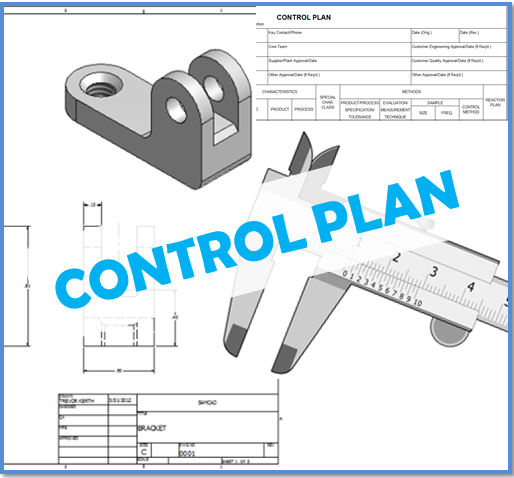Difference between Rework & Repair
In IATF 16949: 2016 (First edition) Standard, many new words have been added like Interested Parties, Risk, Context, Product Safety, Corporate Policies, Embedded software, TPM, Temporary Change, Interim action, Error Proofing, Repair etc.
The objective of all these new terminologies is to align the Standard with the present scenario in the Automotive Sector as well as Customer Specific Requirement (CSR) of IATF subscribing OEM.
One very common activity which happens in many of the organisation is Repair & Rework. So far, many of us were using both the terminologies interchangeably. Now, the IATF Standard (Clause: 8.7.1.4, 8.7.1.5) has come up with clarity between the two but it seems, still, we are not very clear about it. ISO 9000: 2000 first clarified about the definition of Repair and Rework which has been specified in ISO 9000: 2015 version too.
Rework: Action on a non-conforming product or service to make it conform to the requirements.
Example: After the machining process, if the thickness is more than required, we rework it by re-machining it to make it conform to the requirement.
Repair: Action on a non-conforming product or service to make it acceptable for the intended use
Example: After the machining process, if the thickness is less than required, we repair it by filling more material by the welding process and then re-machining it to make it acceptable for the intended use (adding material is not the approved process by Customer).
Very few companies differentiate between Repair or Rework. Maybe the reason is that we do not want to officially recognize it as it demands stringent controls (Clause: 8.7.1.4, 8.7.1.5). If you look closely at both the clauses, there is hardly any difference except few words like ‘If Required, Customer approval/shall obtain customer approval’, Compliance to original specification‘.
Many organisations do not have adequate controls over their manufacturing process. It results in the initiation of the Disposition Process. For Product Disposition, generally, there are 5 stages (Segregation, Rework, Repair, Deviation & Scrap). Here again, many organisation does not have an effective Segregation and Rework process. So for disposition of product by Repair process, the Organization generally does not have effective justification to convince their Customer. Many times, the tedious internal approval process at the Customer end also makes it difficult to get the Deviation permitted. so, the demand for customer approval in case of Repair has resulted in making this clause difficult to implement and document!
So, will this clause (8.7.1.5) remain dormant (since October 2016) or there is a possibility of its revival. I think it will solely depend on the Good Intentions of the organization as well as how much confidence Customer is willing to offer them!
This is the 2nd article of this Automotive series. Every weekend, you will find useful information which can make your Management system journey productive.
Do share your honest feedback and suggest topics for the coming weeks.



Recent Comments